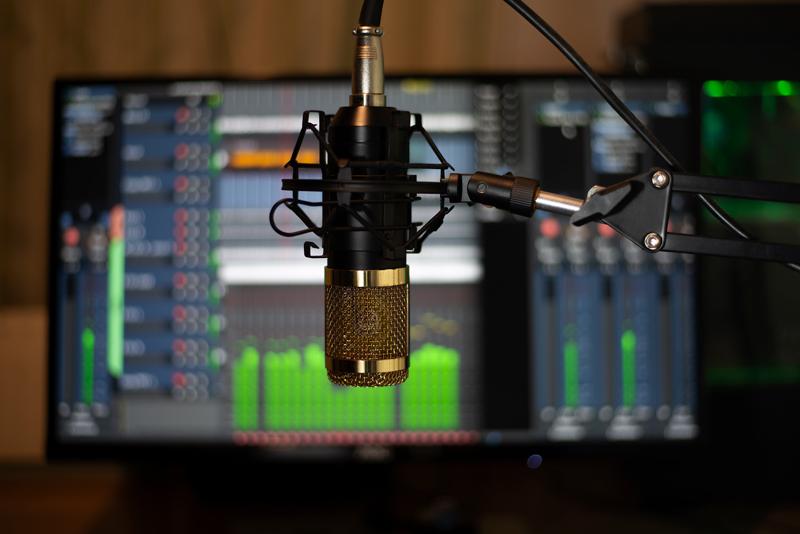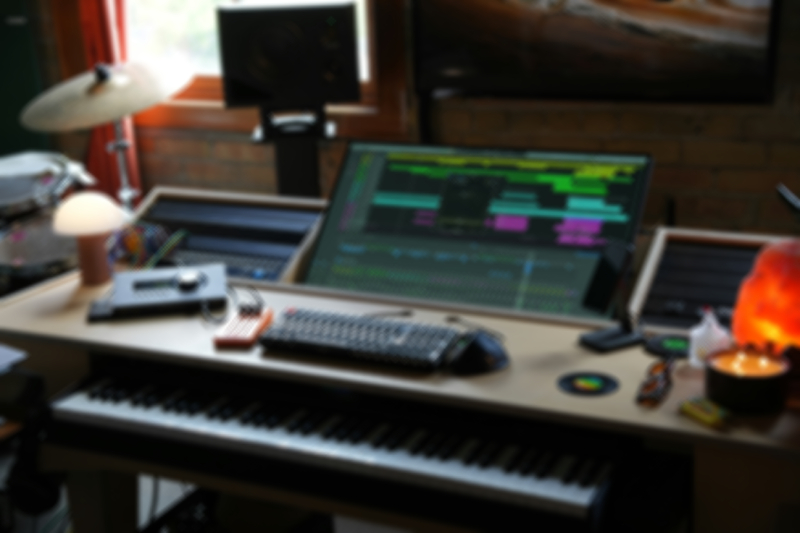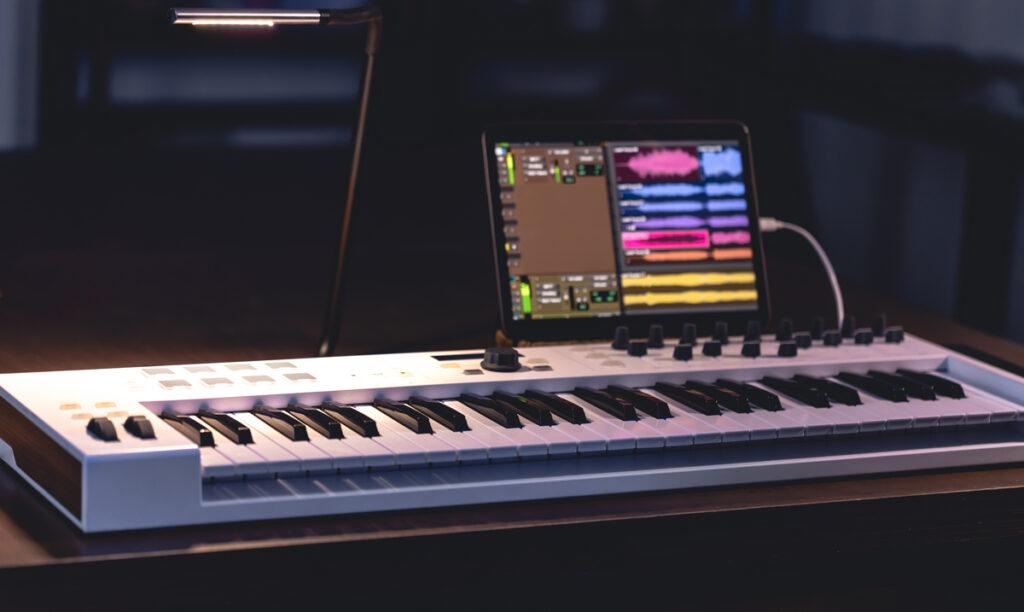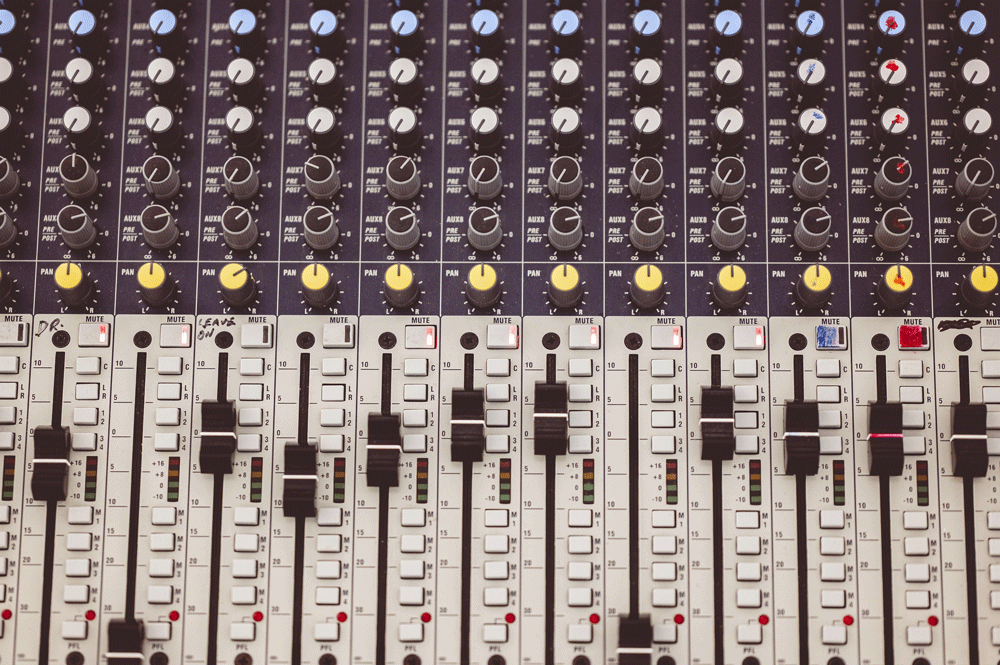Analog mastering can help you make records that stand out. It can help you create your distinctive, trademark sound. However, not every song needs to be mastered with analog audio equipment, and not every song will benefit from it.
So, how do you know if your music production needs analog sound? Maybe this is the thing that your songs have been missing all this time?
Keep reading, in this article, we’ll explain how and when you’ll need to utilize analog mastering for your own music production.
What is analog mastering?
The mastering process with analog equipment means that a mastering engineer sends your track from the output of your DAW to analog gear, where it passes through an equalizer, compressor, distortion, clipper, and other devices. In the end, the signal is converted back to digital form and routed to the DAW.
What analog mastering chain looks like
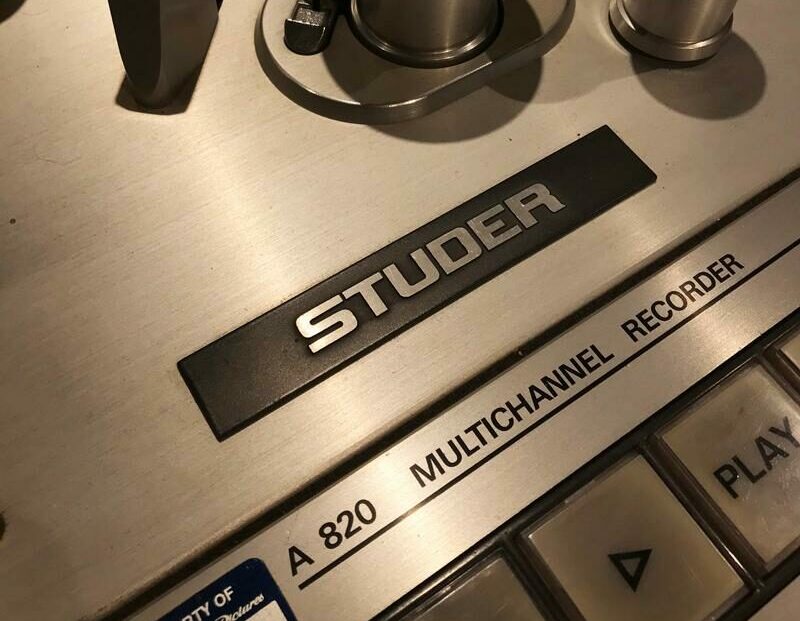 What does the mastering process look like? Our mastering engineer usually will connect the mastering equipment in the following order.
What does the mastering process look like? Our mastering engineer usually will connect the mastering equipment in the following order.
1. Tape machine
A tape machine compresses the mix well and reduces transients and high-end frequencies. With a tape machine, we prepare the track for further changes.
2. EQ
Using an equalizer, we shape the frequency response.
3. Compressor chain.
Usually, we use about 3 compressors, and as a result, the track receives the desired loudness. Here we use different attack time settings and ratio settings. This signal chain doesn’t have limiters and we rely solely on this form of compression to establish the desired dynamic range.
4. Distortion.
Sometimes, you can use it between compressors in Step 3 to add extra color to the track.
5. A/D converter.
 This final step is usually used with clipping. The track enters the converter with clipping, and this is how we work with transients one last time. After that, the master record is ready.
This final step is usually used with clipping. The track enters the converter with clipping, and this is how we work with transients one last time. After that, the master record is ready.
The A/D converter clipping is one of the most popular procedures that add rich and beautiful color to the track.
We can take, for example, the Lavry AD122-96 MX A/D converter, which is very expensive but nevertheless very popular. This converter creates specific effect that you can not find among digital plugins. That’s why mastering engineers use the device often to enrich the sound of the song.
Even if a song is mastered in the box, the engineer can afterward run it through the A/D converter and use the converter as a peak limiter.
Each device gives a specific color to the track. This difference in coloration is a result of the unique circuitry and components of hardware units. On each step, unique warmth, harmonics, and various levels of distortion are added to the record, resulting in the beautiful and legendary analog characteristics of the sound.
Is analog mastering better than digital mastering?
We can not say that analog is definitely better than digital mastering. Some people would defend the advantages of using hardware, saying that nothing can beat analog audio processing, while others may believe that the future is with digital editing.
However, there is no absolute answer to this question because the result depends on the style and genre of the music and the producer’s personal preferences. Let’s look deeper into this question.
What is so valuable about analog processing?
The progress goes forward, but we keep turning back and emulating the old analog equipment with digital plugins. What is the logic behind all of this? Isn’t digital music more precise and of higher quality?
It is true that digital recordings and processing leave less room for error and produce less noise. But as it turned out when our civilization switched to digital music processing, most of the sound changes the analog equipment created were actually beautiful saturation of the sound, which was very pleasant to a human ear.
What analog sound beauty is made of
Fortunately for the digital industry, analog effects are not completely unpredictable and may be analyzed and emulated with mathematics and software plugins.
Here are the most important components that analog processing adds to the input sound:
- Harmonics
- Soft-knee compression
- Soft reduction of transients
- Lower frequency response in the high frequencies
- Warm analog noise
 Analog devices add all these effects to the original signal that goes through them. Basically, harmonics and compression are what make up the analog saturation of the sound, and they are very much intertwined.
Analog devices add all these effects to the original signal that goes through them. Basically, harmonics and compression are what make up the analog saturation of the sound, and they are very much intertwined.
Moreover, not only does this analog saturation add beauty to the recording, but each piece of equipment modifies the sound in its own unique way.
That’s why it’s impossible to create one universal emulation plugin that would mimic the analog effect on the sound because the saturation related to each machine is different. This keeps the demand for the use of analog devices in mixing and mastering music.
Why does analog equipment cause distortion and saturation?
The changes to the original signal weren’t specially designed to be present in analog machines but rather occurred as a side effect.
When the sound in digital processing suddenly exceeds the limit of frequency bandwidth or amplitude, the digital device simply cuts out the parts that don’t fit. For example, if the sound is too loud, digital clipping occurs.
On the other hand, when the sound that is fed into an analog device exceeds the device’s wave amplitude limitations, it becomes saturated. This means that the device compresses the sound to keep it within the limits, at the same time producing extra harmonic sound waves.
And, as we said earlier, each piece of equipment has its own unique picture of the compression qualities and the harmonic qualities with which it enriches the sound.
What is harmonics and why is it important?
Harmonic distortion is the creation of additional sound waves whose frequencies are multiples of the initial sound’s fundamental frequency. For example, for a frequency of 300 Hz, the harmonic waves will be generated as 300*2 = 600 Hz, 300*3 = 900 Hz, 300*4 = 1,2 kHz, 300*5 = 1,5 kHz, 300*6 = 1,8 kHz, and so on, with the sequence continuing indefinitely up to the device’s bandwidth limits.
Even and odd harmonics
Because of their design, some devices generate only even harmonics, which are the frequencies we can receive by multiplying our main frequency by even numbers (2, 4, 6, 8, …). In our example, the even harmonics for 300 Hz are sound waves 600 Hz, 1,2 kHz, 1,8 kHz, and so on.
Other devices generate only odd harmonics, which are the frequencies that we get by multiplying the main frequency by odd numbers (3, 5, 7, 9, …). For 300 Hz, the odd harmonics consist of frequency peaks at 900 Hz, 1,5 kHz, 2,1 kHz, and so on.
There are also pieces of hardware that can create even and odd harmonics simultaneously.
These additional harmonics will have different amplitude picture throughout the frequency spectrum.
Want a free test mix of your track?
We get it.
That’s why we’ll do a full hybrid (analog + digital) mix of your song —
for free.
No upfront payment. No risk.
You only pay if you’re blown away. And if you are, we’ll slash 40% off the final price.
Nobody else in mixing and mastering offers this.
Why?
Because most studios say yes to every project. We don’t. We only mix what we’re excited about — so send us your best track. If we like it, we’ll mix it like it’s going to the Grammys.
👉 Just drop your name and email to get started.
How adding harmonic distortions changes the sound
Although what type and kind of harmonics sound better is still a matter of discussion, one thing is for certain: adding pleasant harmonics to a sound makes a whole world of difference.
With added harmonics, the sound becomes more powerful and beautiful. Harmonics affect the timbre, determining how rich the sound appears to the listener. These qualities are essential for recorded vocals, but of course, they also enrich live instrument recordings beautifully.
Digital processing can create analog sound qualities.
First of all, many genres definitely benefit from analog warmth and saturation, but that doesn’t mean that analog devices should be immediately used in mixing and mastering.
Many emulation plugins have been created that will transform digital recording the same way analog devices would.
Lots of legendary audio devices have been recreated as digital plugins, so mixing and mastering houses can easily use them instead of analog hardware.
What genres will benefit from analog mastering?
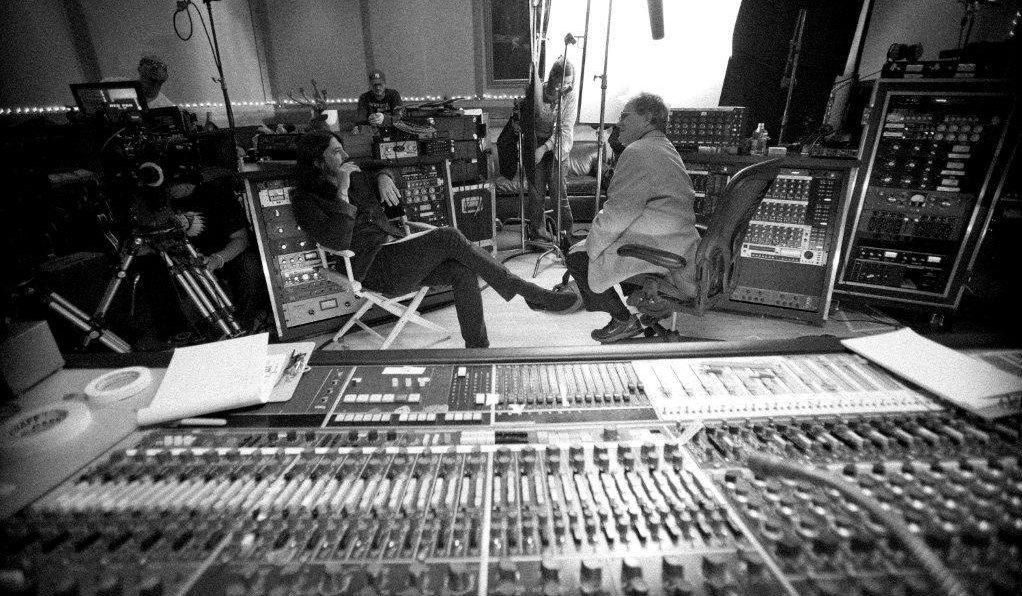 Not every song will benefit from analog music qualities. The warmth and natural saturation work better for some genres, for example:
Not every song will benefit from analog music qualities. The warmth and natural saturation work better for some genres, for example:
- jazz,
- blues,
- folk,
- classic rock, and others.
As a rule, the more music involves acoustic instruments and the more natural the sound is, the more analog mixing and mastering qualities will empower the mix.
Electronic music, for instance, does not require classic saturation and warmth, on the contrary, it needs digital clarity, and huge transients, and it’s mixed and mastered to be very precise and bright.
At the same time, regardless of the genre, certain fundamental effects of analog music may go well with a certain song.
Sometimes it just comes down to the producer’s or artist’s preferences, whether they like their mix better with analog harmonics, distortion, and warmth or not.
Generally, analogue mastering is not better, it just creates specific distinct qualities of the sound. Analog effects may not fit your song at all, or they may be exactly what your songs have been missing all along.
Why do we still need analog gear if we have emulation?
We can mimic analog mastering with emulation software, so why would we use analog equipment at all?
We need to give computers justice here. Digital processing has developed rapidly during the past 40 years and it has created tons of freedom and options for audio engineers to mix and master tracks that analog devices will never give. The digital era has simplified the engineer’s work and has presented the opportunity even to create music solely inside a computer. So why do we look back at analog machines?
It’s not that simple. The thing is that many legendary analog audio devices still have not been emulated with plugins. And many of them never will, simply because the owners would not license it. As a result, digital mastering cannot completely replace analog. Hardware analog mastering can create sounds with much more interesting, harmonic, and versatile analog effects than emulation.
You can hear pure analog effects, not the emulation, in most top-billboard songs today.
When analog mastering is a must
So far, we have been describing analog signal chains as optional. However, there are some songs that require only analog quality.
The majority of classic rock songs stick to hardware analog chains for mastering. Concrete and Gold by the Foo Fighters is a great example of this. If you are aiming for this degree of harmonic warmth and harmonic distortion, then you can be sure that you need an analog mastering chain.
Do I need analog mastering?
As we explained earlier, analog hardware and signal chains can often be replaced with the corresponding plugins. There’s a great chance that digital audio processing will shape your mix exactly as you want it, with or without analog emulation plugins.
So, how do you know that you definitely need analog hardware components involved?
We at Major Mixing advise our clients to look at the question the following way:
- Choose the analog option if you are 100% sure your song requires it.
- If you are unsure what type of mastering to choose, choose digital mastering. There’s a great chance you’ll have a perfect master record with or without analog qualities added with in-the-box (DAW) mastering.
- If analog warmth and saturation have been added to your song in a DAW professionally, but the record still lacks the classic beauty that only analog can give, then you know you need to switch to analog mastering.
Generally, as we said earlier, it’s very rare that pure analog mastering is necessary for a record. Most of the time, engineers use digital or hybrid mastering because it can handle everything.
How much does analog mastering cost?
Analog mastering on a chain of hardware devices is obviously more expensive than digital mastering inside a DAW.
The reason for this is the cost of the equipment, and the components, which can be as high as tens of thousands of dollars.
However, we at Major Mixing understand that the prices for mastering should be reasonable, and find solutions that benefit both our customers and us. For analog qualities, we offer hybrid mastering while keeping the price on the level of mastering in the box.
The benefits of hybrid mastering
If you need perfect classic analog qualities or enhanced analog effects, we’ll master your future hit using digital audio processing and emulation, but, in addition, we’ll run the sound through the needed pieces of analog gear. It’s called hybrid mastering.
Here, at Major Mixing, we offer you analog effects and qualities with hybrid mastering and don’t charge extra for adding analog devices to the mastering chain for you. Besides, additional digital processing is very useful in hybrid mastering. It offers a wide range of options and flexibility in shaping your mix.
At the same time, analog audio equipment helps us reach the qualities that are not possible to achieve using emulation plugins. With hybrid audio mastering, we combine the best possibilities of both digital and analog signal processing.
Although we, at our studio, do not keep every possible piece of analog equipment, we have a huge network of partner studios and mastering houses where we can find virtually anything.
Achieve amazing analog sound with Major Mixing!
Our team of experienced engineers will work closely with you to ensure that your music is mastered according to your personal preferences, and we offer competitive pricing to fit any budget.
We are professionals in both digital and analog mixing and mastering. And if your music requires the use of a specific analog device, we can always find the exact gear we need to achieve the desired mastering result. We always focus on what will give your music more chances to get to the top of the charts.
And again, we don’t charge extra for hybrid mastering, so basically, you get analog sound for the price of digital mastering!
Contact us now if you have any questions, we are here for helping you build your career, and we are interested in your success!





